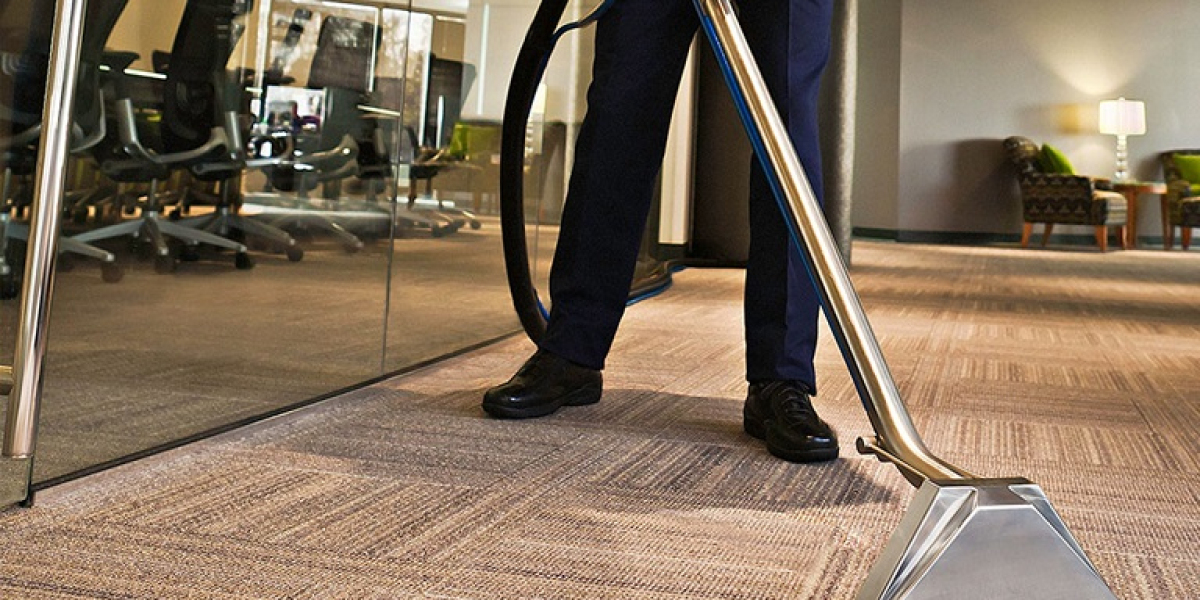In today’s fast-paced, on-the-go environment, flexibility in AV setups is more important than ever. From pop-up events and mobile presentations to traveling musicians and remote video productions, portable AV gear has become essential for delivering professional-grade sound and visuals—anytime, anywhere. But even with portable systems, success depends on one key factor: a well-organized and personalized wiring layout.
This is where XTEN-AV makes all the difference. Known for its intelligent AV design solutions, XTEN-AV helps users of all experience levels build precise, professional diagrams. Whether you're carrying a compact PA system or a mobile video streaming setup, XTEN-AV enables you to create detailed, custom wiring layouts that match your specific gear, power needs, and workflow.
In this blog, we will walk you through how to personalize a wiring layout for portable AV gear, the benefits of doing so, and how to use XTEN-AV to simplify the process.
Why Portable AV Gear Needs a Custom Wiring Layout
Portable AV setups are all about speed and reliability. Whether you're setting up in a hotel ballroom, a public park, or a client’s office, you need to get your system up and running quickly—and without surprises. A personalized wiring diagram provides several key advantages:
Consistency: Each setup is repeatable and predictable, regardless of location.
Efficiency: You save time during setup and teardown.
Troubleshooting: If something goes wrong, a clear diagram helps you fix it fast.
Professionalism: Whether working solo or with a team, everyone knows what goes where.
Without a well-thought-out wiring plan, even the most compact AV system can become a tangled mess of cables, adapters, and frustration.
What Should Be Included in a Portable AV Wiring Layout
The exact details of your wiring layout will depend on your specific use case—be it live audio, video streaming, or hybrid event setups—but most portable AV systems include the following:
Audio sources: microphones, instruments, mixers
Video sources: cameras, media players, laptops
Signal processors: audio interfaces, encoders, switchers
Output devices: speakers, monitors, projectors
Power distribution: surge protectors, portable power stations, battery packs
Connectivity: HDMI, XLR, USB, Cat6, 3.5mm, power cables
Creating a wiring layout means mapping out how each device connects to the next, how power is distributed, and how signals flow—clearly and logically.
Step-by-Step Guide to Creating a Custom Wiring Layout with XTEN-AV
Step 1: List Your Portable Gear
Start by taking inventory of the gear you carry for your portable setup. List every device you use, from the smallest wireless mic receiver to the power conditioner in your rack bag. In XTEN-AV, you can select these devices from the built-in product library or create custom blocks for anything unique.
Step 2: Sketch Your Setup Environment
Use XTEN-AV’s diagram editor to draw a basic layout of your typical setup. It could be a table layout for a podcast kit, a stage front for a solo musician, or a conference room for mobile webinars. Place your gear where it would normally go.
Step 3: Connect the Signal Flow
Now draw lines to represent the signal paths. For example:
Mic to mixer (XLR)
Mixer to speaker (XLR or TRS)
Laptop to projector (HDMI)
Camera to encoder (SDI or USB-C)
XTEN-AV allows you to label each connection clearly so your diagram is easy to follow.
Step 4: Add Power Routing
Next, include power sources for each device. Use XTEN-AV’s tools to label power connections, voltage requirements, and any battery backups or inverters you use. For mobile setups, this is critical to ensure you have enough power on-site.
Step 5: Organize by Portability
Group gear into logical kits—what goes in the same case or bag? What gets plugged in first? XTEN-AV lets you organize and color-code devices or cable types to reflect setup sequences.
Step 6: Export and Save Your Diagram
Once your diagram is complete, use XTEN-AV to generate a clean PDF. Print copies or store them digitally so you always have access on the road. You can also update your layout anytime you swap out gear or try a new configuration.
Real-Life Example: A Mobile Livestream Kit
Imagine you’re running a livestream for a small business with a mobile kit. Your setup includes:
One mirrorless camera
HDMI to USB video capture card
Laptop for streaming via OBS
Wireless lapel mic
Audio mixer
Powered speaker for local sound
Portable battery for off-grid power
With XTEN-AV, you can draw a wiring layout showing:
Camera HDMI out to capture card
Capture card to laptop via USB
Mic to mixer, mixer to laptop
Laptop audio out to speaker
Power routing from battery to all devices
Your diagram also includes cable types, port labels, and backup power sources. Now, you can set up anywhere—within minutes.
Benefits of Using XTEN-AV for Portable AV Layouts
1. Speed and Accuracy
With drag-and-drop gear placement and auto-routing of connections, your diagram is built in minutes, not hours.
2. Cloud Access
XTEN-AV stores your diagrams in the cloud, so you can view or edit them from any device while traveling.
3. Built-in Templates
Create templates for repeated setups. You can duplicate, tweak, and reuse diagrams for different gigs.
4. Collaboration
If you work with other techs or freelancers, you can share your diagram with them so everyone is on the same page.
5. Future-Proofing
Upgrading your camera? Swapping a mixer? No problem. Just update the gear in your diagram and let XTEN-AV adjust the signal flow accordingly.
Final Tips for Portable AV Wiring Success
Use color-coded cables to match your diagram for faster setup.
Label both ends of every cable using your diagram as a reference.
Keep spare cables, adapters, and fuses in your gear bag.
Test your setup at home using the diagram before each job.
Update your diagram regularly as your gear evolves.
Final Thoughts
A personalized wiring layout is more than just a nice-to-have for portable AV users—it is a game-changer. It transforms chaotic setups into streamlined systems and eliminates guesswork from the field. Whether you are running small gigs or managing a mobile production business, diagrams make you faster, more professional, and more prepared.
With XTEN-AV, creating a wiring layout for portable AV gear is simple, powerful, and accessible. No matter where your setup takes you, your plan is already in place. All that is left is to plug in, power up, and deliver exceptional AV performance—anytime, anywhere.
Read more: https://trendburst.us/customizing-diagrams-for-an-rv-or-camper-theater/








